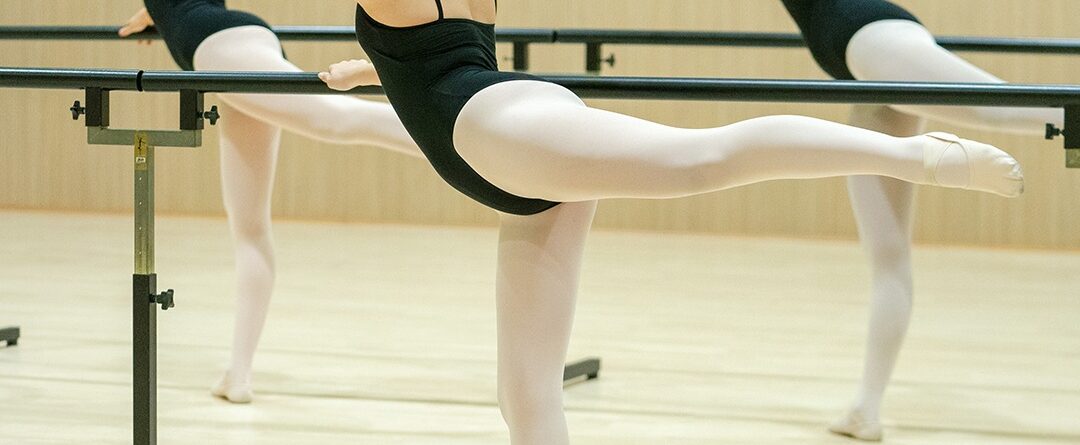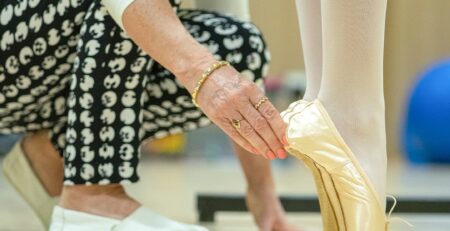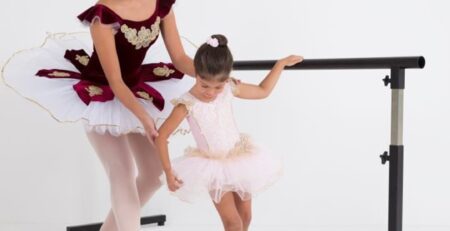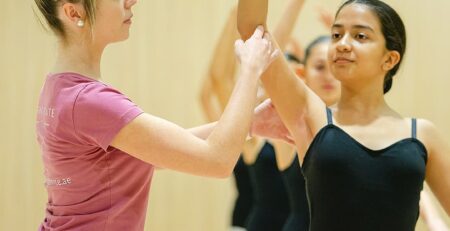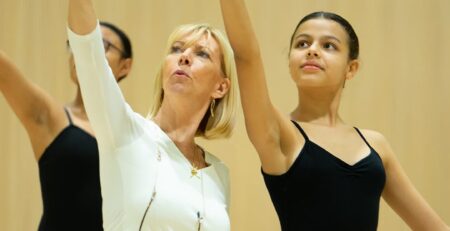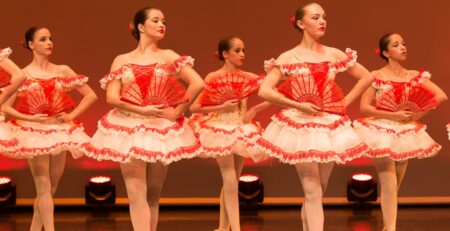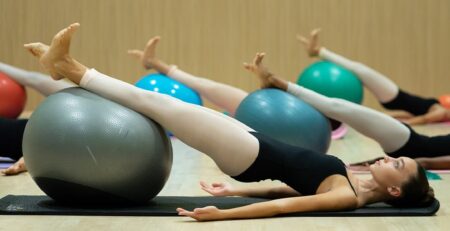Ballet Technique and Training: The Road to Mastery
Ballet, it’s a beautiful dance language told through the body, a story weaved in a delicate mix of strength, flexibility, and grace. But what does it take to transform yourself into a master of ballet technique? Let’s dive in!
What Exactly is Ballet?
Ballet, hailing from the Italian courts of the Renaissance period, is an artistic dance form performed to music. Its uniqueness lies in its precise steps, delicate gestures, and flowing movements, all telling a story or expressing an emotion.
Mastering ballet is similar to learning a new language, where each movement has a distinct meaning. It is the foundation for many other dance forms, and its techniques are widely practised worldwide.
4 Types of Ballet
Ballet has evolved over centuries, giving rise to various styles. Let’s take a closer look at some of the prominent types of ballet:
Classical Ballet
The epitome of grace and poise, classical ballet is the most traditional form, deeply rooted in centuries-old techniques. It’s known for its elegant lines, ethereal quality, and adherence to a strict vocabulary of movements.
Romantic Ballet
Romantic ballet emerged in the early 19th century and is characterised by its emphasis on emotion and storytelling. It features flowing tutus and delicate movements and often involves themes of fantasy and heartache.
Neoclassical Ballet
Breaking away from the stringent confines of classical ballet, neoclassical ballet is a more streamlined and dynamic form. While it maintains the traditional ballet technique, it embraces increased speed, energy, and abstraction in storytelling.
Contemporary Ballet
A fusion of ballet and modern dance, contemporary ballet is the most recent evolution. It is an experimental style that often integrates unconventional movements and is known for its versatility and innovation.
6 Ballet Technical Training Methods
If you’re pondering ‘how to dance ballet,’ it’s crucial to understand that the journey begins and ends with technical training. The dancer’s body is the instrument in ballet, and the classical ballet technique is the melody it strums.
The technique is king in ballet, but a crucial part of ballet training also involves mental conditioning, developing the discipline and resilience necessary to commit to the dance, regardless of the challenges thrown your way.
Ballet methods are like unique dialects of the same language, each with its own rules and characteristics. Here are six well-known methods in ballet:
The French School
Originating in the court of Louis XIV in the late 1600s, the French School is one of the oldest ballet methods. It emphasises elegance, clarity, and fluidity. Dancers trained in this method are known for their poised upper bodies, clean footwork, and graceful arm movements.
The Vaganova Method
Developed in Russia by Agrippina Vaganova in the 1930s, this method combines elements of the French and Italian schools. The Vaganova Method is known for its expressiveness and the harmonious movement of the entire body. It emphasises strong back and arm movements, precision, and a balance between grace and strength.
The Cecchetti Method
Formulated in the early 1900s by the Italian dancer Enrico Cecchetti, this method focuses on perfecting individual movements. The Cecchetti Method is rigorous and structured, with a strong emphasis on anatomy. It is known for its quick footwork, high jumps, and balanced distribution of movement throughout the body.
The Bournonville Method
Hailing from Denmark, the Bournonville Method was developed by August Bournonville in the mid-1800s. It is characterised by lightness and buoyancy in the steps, effortless jumps, and natural grace. The upper body is often relaxed, and the arms are held in a distinctive rounded position.
The Royal Academy of Dance Method (English Style)
Founded in 1920 and based in London, the Royal Academy of Dance (RAD) Method has evolved into one of the world’s most widely used ballet methods. It incorporates aspects from the French, Italian, and Russian schools. The RAD method focuses on a strong ballet technique, clean lines, and musicality, creating well-rounded and versatile dancers.
The Balanchine Method (American Style)
Developed by the choreographer George Balanchine during the 1930s, this method is an offshoot of the Russian ballet tradition. The Balanchine Method, sometimes known as the American style, is known for its speed, athleticism, and energy. It incorporates more modern and neoclassical elements, emphasising extensions and expansive use of space.
Essential Ballet Vocabulary
One must become conversant in its rich, unique language to truly grasp ballet. It blends French and Italian terms, each describing a specific pose, movement, or position. From ‘plié’ (bending of the knees) to ‘arabesque’ (a position where the dancer stands on one leg while extending the other leg behind), the vocabulary of ballet encapsulates the nuances of this graceful dance technique. Understanding these terms is the first step in understanding the depth and complexity of ballet and is instrumental in learning how to improve dance technique.
How to Improve Coordination in Dance?
One common question from aspirant dancers is ‘how to improve dancing skills?’ The answer lies in focused practice, diligent training, and constant self-reflection.
Coordination plays a pivotal role in the dance. Learning to improve coordination in dance involves intricate exercises that challenge and enhance the synchronisation between your body and mind. It includes exercises that build strength, increase flexibility, and improve spatial awareness.
Final Thoughts
Ballet isn’t merely a dance form; it’s a journey, an experience, a lifestyle. Ballet dancers are much like painters, their bodies the brush and the stage their canvas. At Turning Pointe, we empower dancers to paint their ballet masterpieces. Our dedicated team of experienced professionals provides the training and guidance to master these fundamental positions and beyond.
Remember, in ballet, every step, every leap, every pirouette is a testament to your hard work, dedication, and the beautiful relationship you share with the dance. So, put on those ballet shoes, stand tall, and step into the enchanting world of ballet. The stage is yours!


